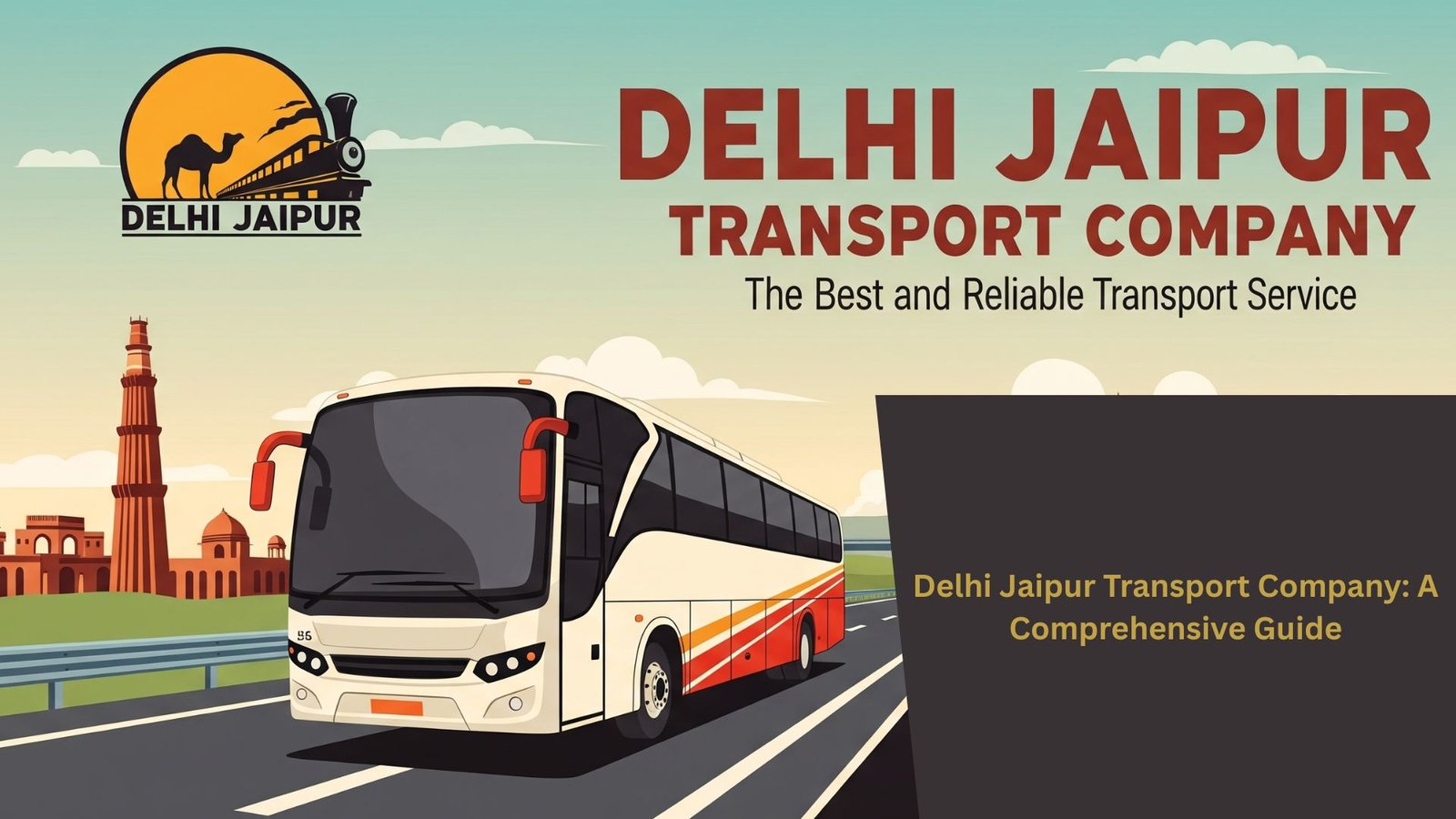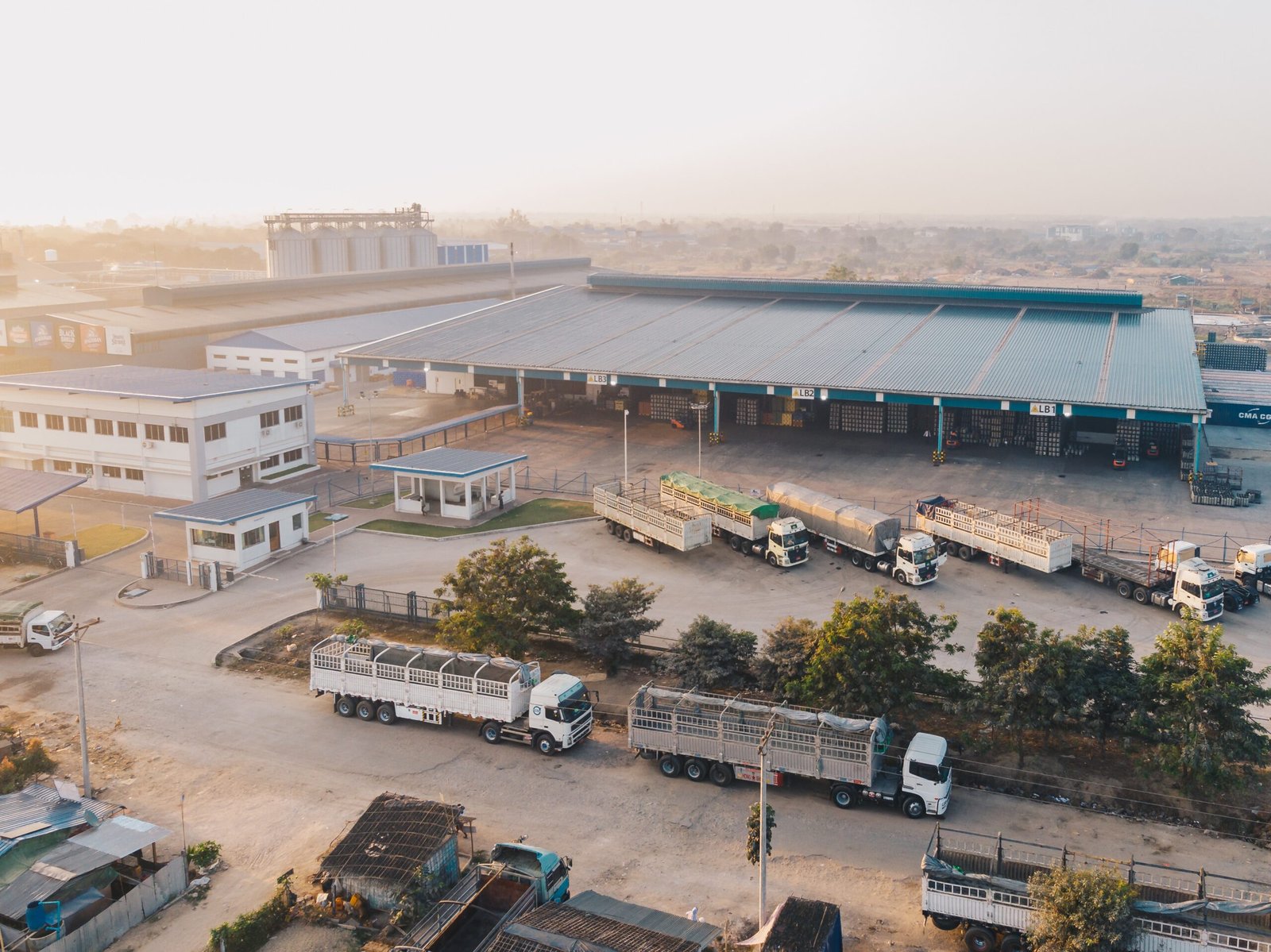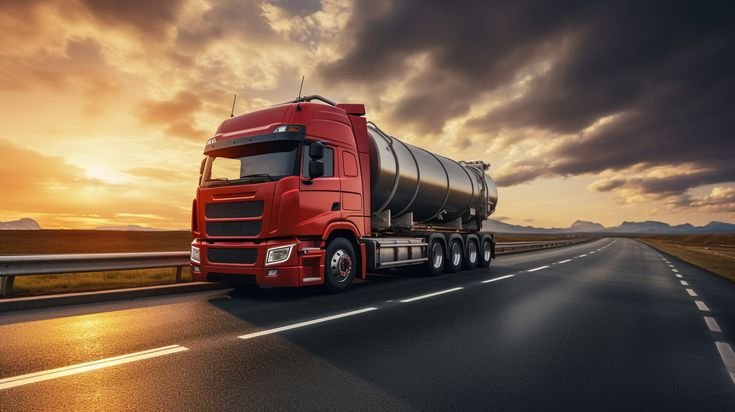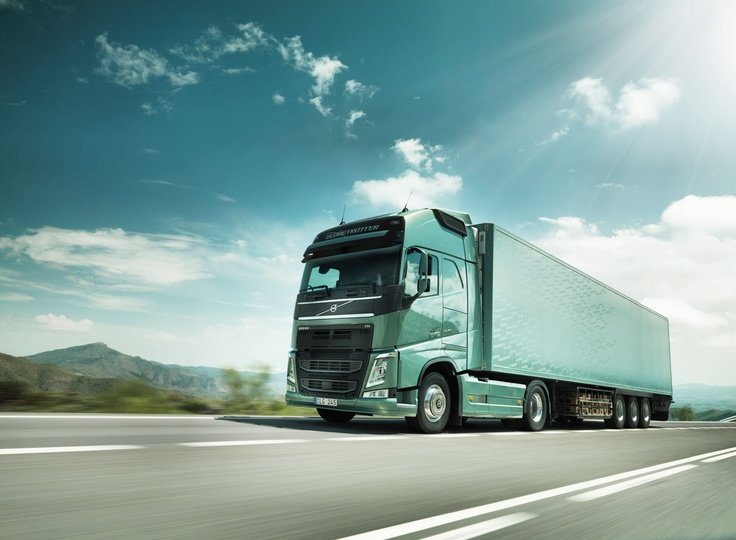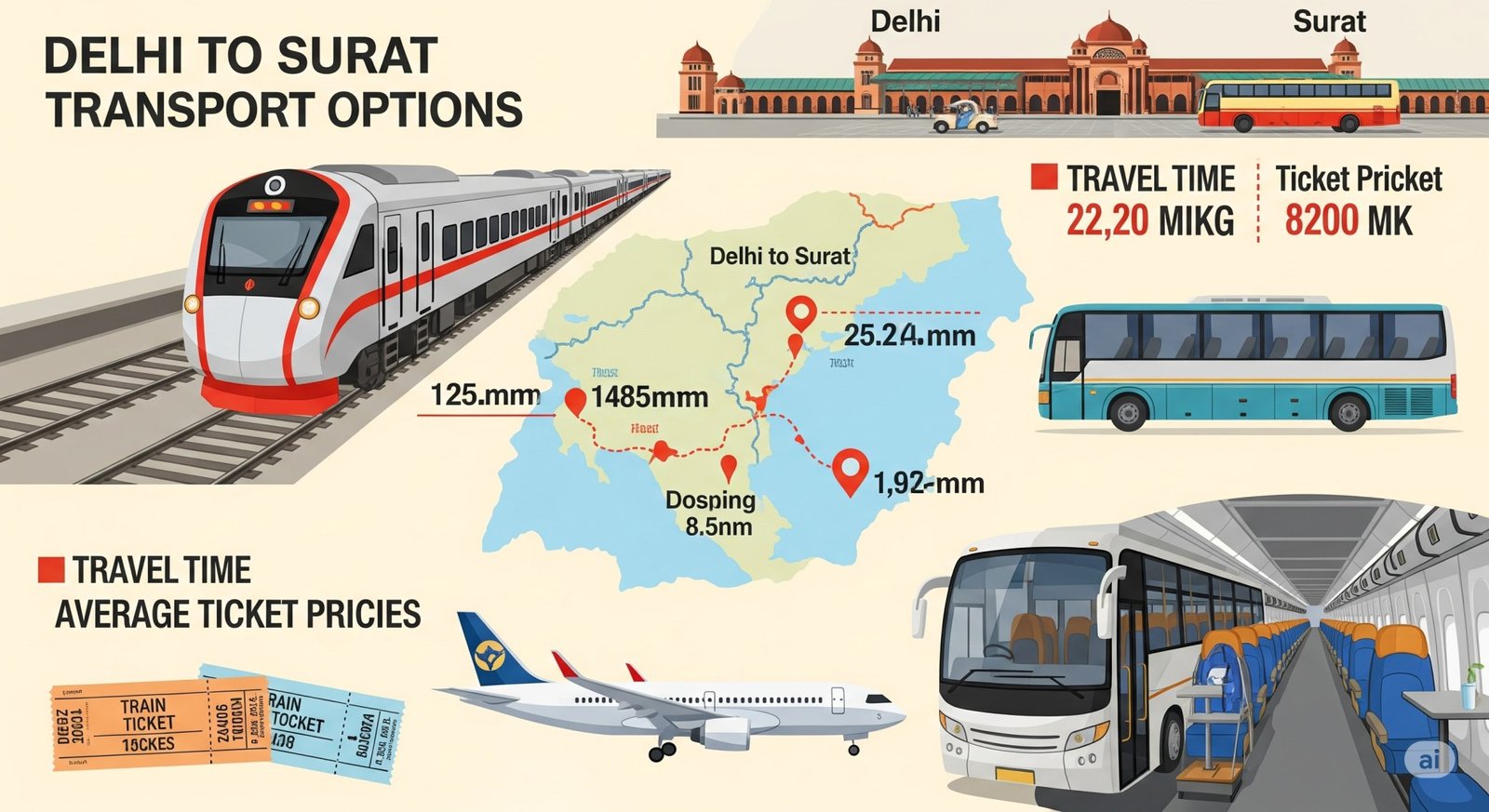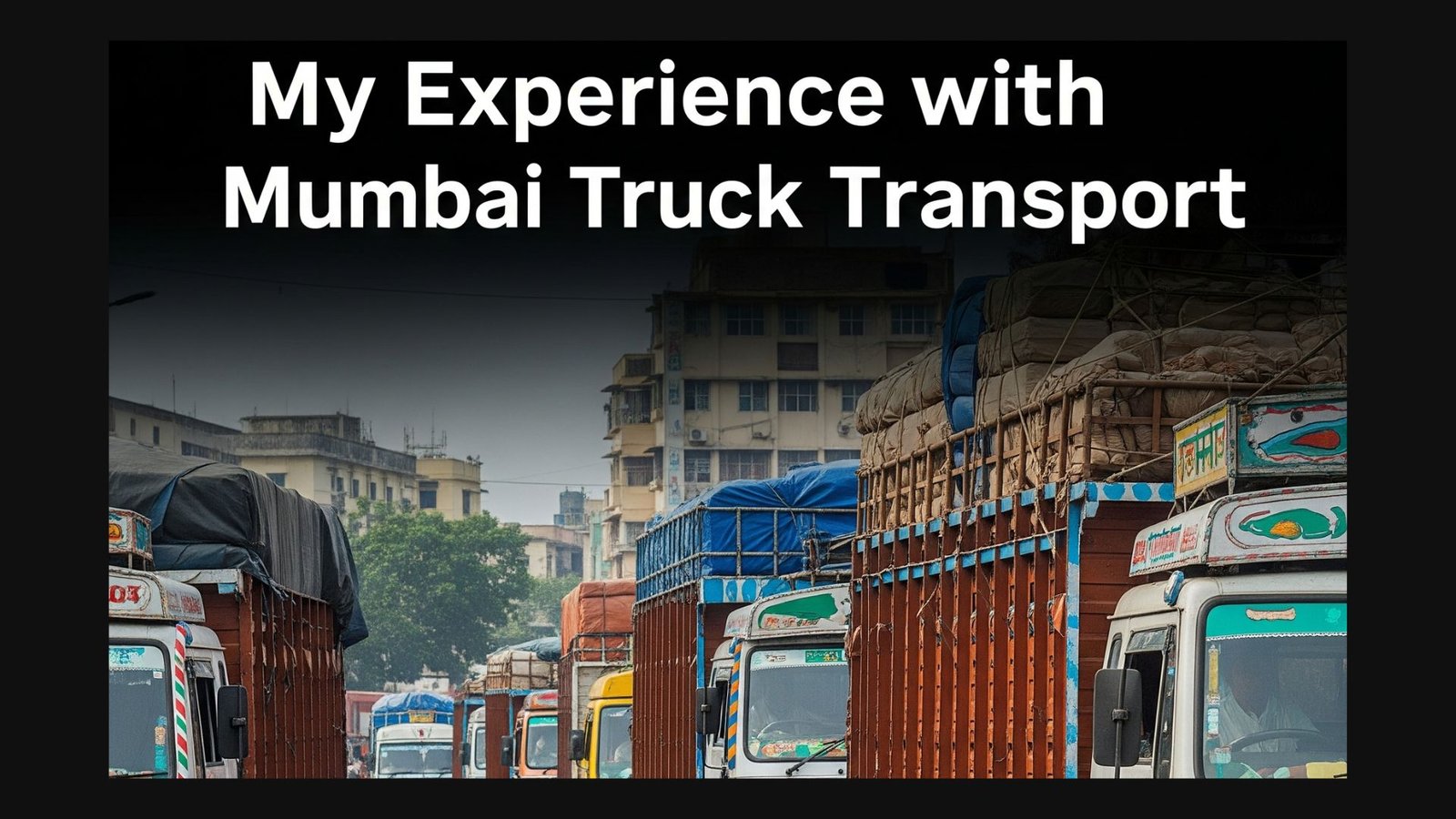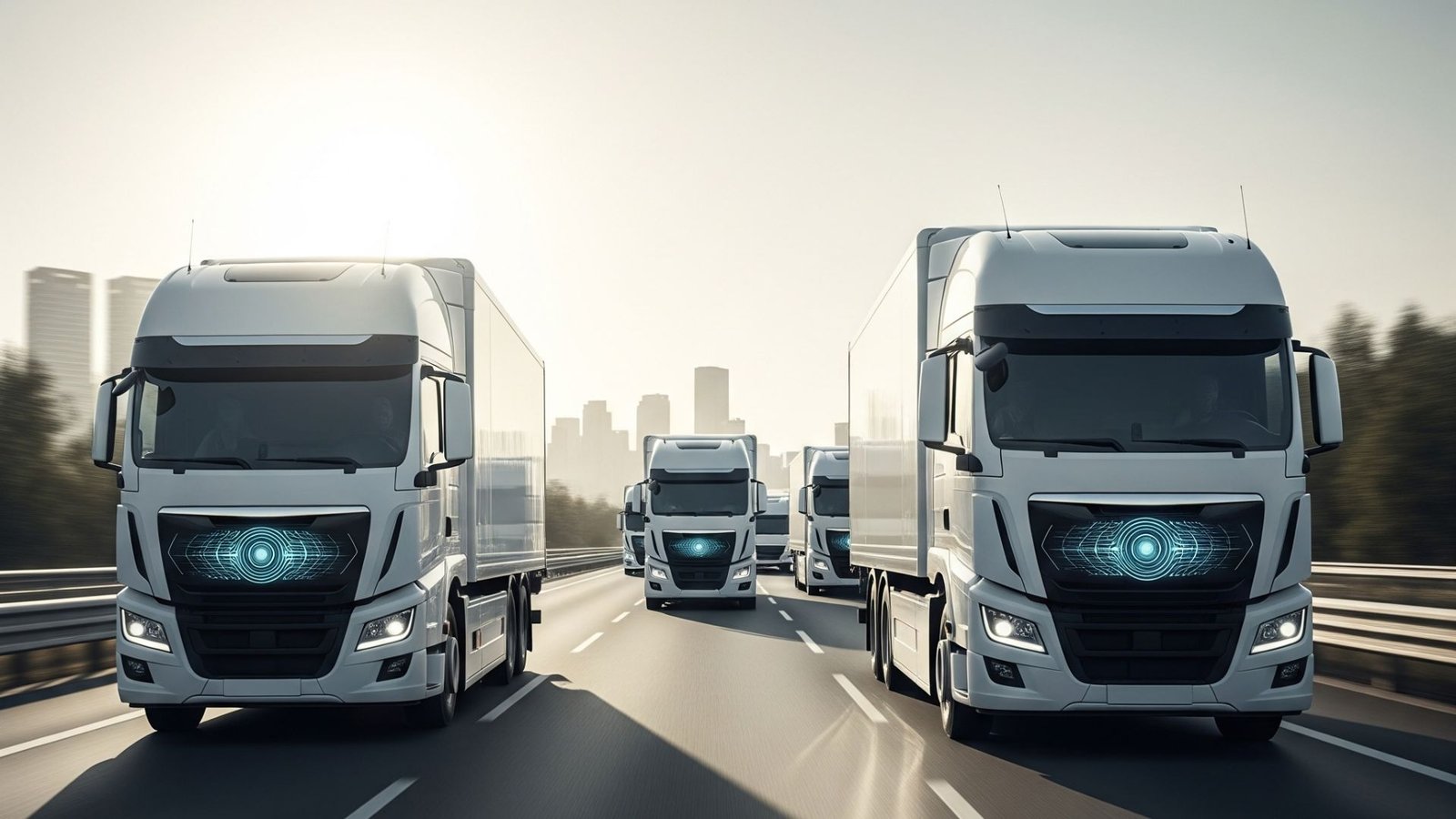Introduction
Transportation plays a crucial role in connecting major cities, facilitating trade, and ensuring seamless logistics. One of the busiest and most important routes in India is the Delhi to Jaipur corridor, which sees a high volume of passenger and cargo movement daily. A Delhi Jaipur Transport Company specializes in providing efficient, reliable, and cost-effective transportation solutions for individuals and businesses traveling between these two cities.
This article provides a detailed overview of Delhi Jaipur Transport Company, covering its services, benefits, types of transport options, and key factors to consider when choosing a transport provider.
Services Offered by Delhi Jaipur Transport Companies
Transport companies operating between Delhi and Jaipur offer a wide range of services catering to different needs:
1. Cargo and Logistics Services
- Freight Transportation – Safe and timely delivery of goods via trucks, tempos, and containers.
- Parcel Services – Courier and door-to-door delivery for small packages.
- Warehousing & Storage – Additional storage solutions for businesses.
- Heavy Load Transport – Specialized vehicles for oversized or heavy cargo.
2. Passenger Transport Services
- Cab & Taxi Services – Private cabs for comfortable travel (Sedan, SUV, Luxury cars).
- Tempo Traveller & Bus Rentals – Group travel options for families or corporate trips.
- Shared Cabs & Car Pooling – Budget-friendly shared rides.
3. Specialized Transport Solutions
- Corporate Relocation – Office shifting and employee transfer services.
- Household Shifting – Packing, loading, and unloading services for home relocations.
- Vehicle Transport – Car carriers for moving personal/business vehicles.
Benefits of Hiring a Professional Transport Company
Choosing a professional transport service between Delhi and Jaipur offers several advantages:
Time-Saving – Avoid delays with scheduled and timely deliveries.
Cost-Effective – Competitive pricing compared to self-transportation.
Safety & Security – Insured cargo and trained drivers ensure safe transit.
Tracking & Support – Real-time tracking and customer assistance.
Door-to-Door Service – Hassle-free pickup and drop-off.
Types of Transport Vehicles Used
Depending on the requirement, transport companies deploy different vehicles:
| Vehicle Type | Capacity | Best For |
| Mini Trucks | 1-2 tons | Small cargo, parcels |
| Tata Ace / Pickup | 750 kg – 1.5 tons | Light goods transport |
| Trucks (6-12 wheeler) | 7-40 tons | Heavy commercial freight |
| Tempo Traveller | 9-12 passengers | Group travel |
| Luxury Cabs | 4-6 passengers | Comfortable private travel |
How to Choose the Best Delhi Jaipur Transport Company?
When selecting a transport service, consider the following factors:
✔ Reputation & Reviews – Check Google, Justdial, and customer testimonials.
✔ Pricing Transparency – Compare quotes and avoid hidden charges.
✔ Insurance Coverage – Ensure goods/passengers are insured.
✔ Fleet Quality – Well-maintained vehicles for safety.
✔ Customer Support – 24/7 helpline for emergencies.
Top Delhi Jaipur Transport Companies
Some well-known transport providers on this route include:
- Agarwal Packers and Movers – Reliable for shifting and logistics.
- DTDC & Gati – Good for parcel and courier services.
- SRS Travels & Rajasthan Roadways – Budget-friendly bus services.
- Meru Cabs & Ola Outstation – For private cab bookings.
Conclusion
Whether you are moving goods, traveling with family, or sending parcels, a Delhi Jaipur Transport Company ensures a smooth and efficient journey. By comparing services, prices, and reliability, you can select the best provider for your needs.
For frequent travelers and businesses, partnering with a trusted transport company can save time, reduce costs, and provide peace of mind.
Need Transport from Delhi to Jaipur?
Contact us today for the best rates and services!
